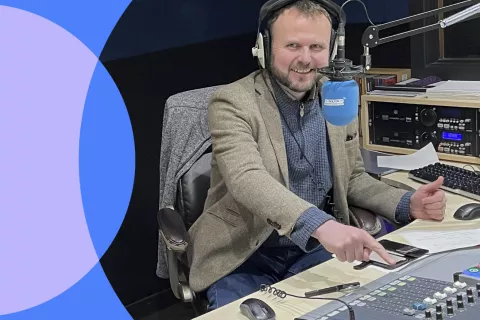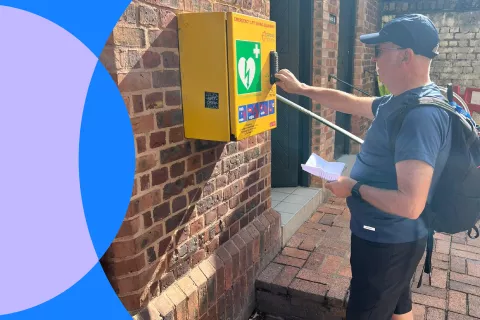Several weeks ago I was browsing the depths of the internet to find my next contract. For the last several years I had split my time between being a freelance web developer and a digital strategist for small business owners. My bread and butter was websites, it's amazing how many businesses, large and small, have antiquated websites or none at all. However, my favourite projects involved building back-office web apps to increase productivity. This was a life-saver for my family in the pandemic. Suddenly businesses who always relied on foot traffic, handshakes, and face-to-face networking, wanted a website or a web app. However, working freelance can get tiring. Sourcing a client is the biggest struggle, educating them on what technology can do and how to use it is the second, only then do you get to design and build the product, and after all that you get the soul-crushing task of chasing them for payment. It gets old.
I didn't even know I wanted a change until I saw the job advert for CityFibre. My mind sussed the gist of the job in moments. A bit of design planning, a bit on-site and in the office, all while working in a team that is delivering a ground breaking product. While I know a lot about creating the content and tools people consume on the internet, I have never worked on the infrastructure that powers the internet. I was fascinated!
Week one was like drinking from a fire hose. Suddenly my world was filled with nodes, fibres that are actually made of glass not textiles, a Way is a type of ducting - not a direction to get somewhere, and it all barely uses power and delivers data via light. What the FEX? I was as confused as I was fascinated. By week four we were debating the subtleties of PN architecture with the instructors.
We were taught by Paul Gordon, Darren Connell, Dino Bevilacqua, Grant Bulloch and Andy Baxter. It takes an incredible talent to teach a topic as specialised as this to an uninitiated audience. However I'm pretty sure if you are going to do it, an intense incubator such as this Academy is the way to do it. It takes planning of a different sort to create an educational framework that can breed successful City Planners. In many ways, our class is an experiment - however I believe the academy will become the standard of how to train new entrants to the industry.
Now the real test comes. With month one of the Academy coming to an end, we are being unleashed to the cities for month two before we are back in the classroom again. Hopefully cabinets won't start appearing in the middle of roundabouts, and Toby’s aren't placed just outside the FEX property line. (Kidding guys). We are being thrown into what feels like the deep end, but as always there is a structured plan behind the scenes guiding us along the way.



